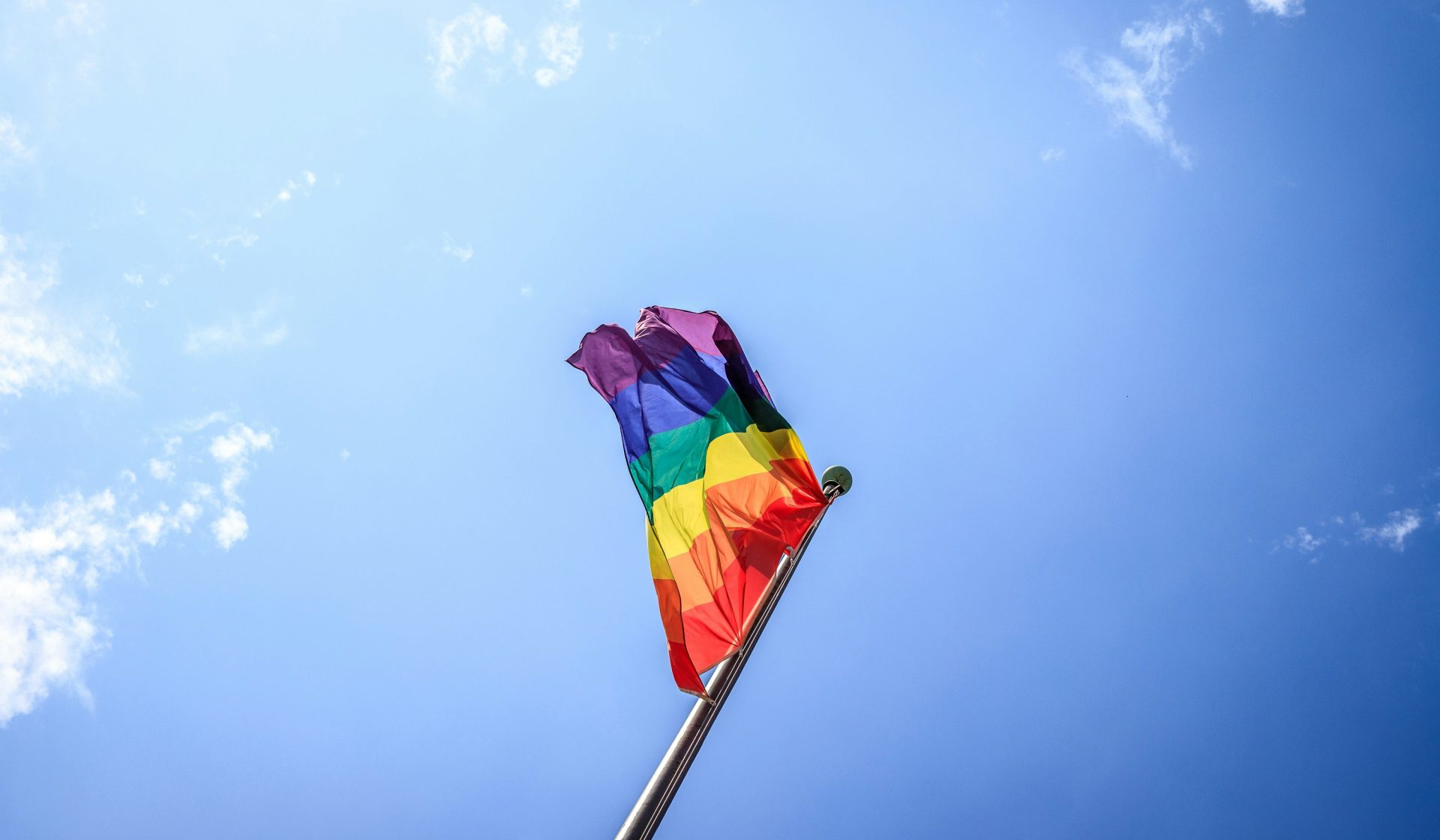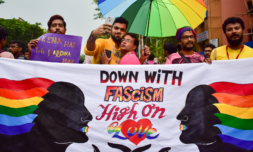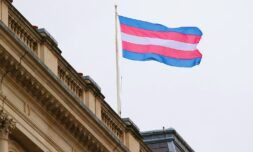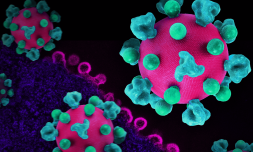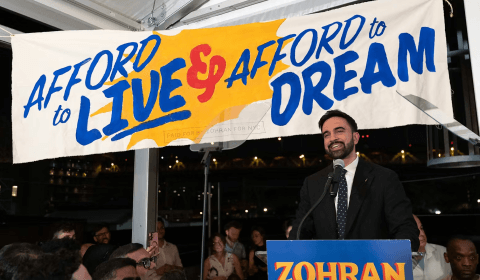Within the country’s LGBTQIA+ movement, marginal voices are demanding recognition because beyond the rainbow flags and celebratory marches lies a complex landscape of exclusion which challenges the very foundations of what it means to be ‘proud.’
Though the rainbow has long been a symbol of hope, unity, and diverse expression, in the context of India’s Pride movements, it has increasingly revealed deep fissures within the queer community – namely broader inequalities that continue to side-line those at the intersection of multiple identities.
Historically, pride marches in India have platformed resistance.
From the first Kolkata Rainbow Pride Walk in 1999 to the landmark Supreme Court verdicts of 2014 and 2018 (which recognised transgender rights and decriminalised same-sex relationships) these events have not only been celebrations but political statements that have challenged outdated norms and called for fundamental human rights.
Beneath this colourful exterior lies a troubling narrative of systemic exclusion, however.
More and more, voices from the margins – including Dalit, non-English-speaking, disabled, and Indigenous queer individuals – are highlighting a critical disconnect that sees the very spaces intended to represent liberation paradoxically reenforcing existing power structures.
Today marks the 25th anniversary of India’s first Pride March which took place in Kolkata. In 1999 when the US declared June as the Pride Month, back here in India on July 2nd fifteen queer individuals from a few different cities gathered together wearing bright yellow tshirts. pic.twitter.com/PmZAaxBIjt
— Chittajit (@cjmitra) July 2, 2024
The critiques raised by these activists are profound insights into the hierarchical nature of the Indian queer movement.
As they draw attention to, Pride has morphed from a radical act of visibility into an annual display of urban, anglophonic privilege, with events now detached from the lived experiences of working-class queer individuals.
While affluent, English-speakers march with confidence, those who have historically been involved in sex work or who have had to beg are still branded as ‘problematic’ or ‘deviant.’
This has created a toxic hierarchy within a community that claims to be focused on acceptance.









